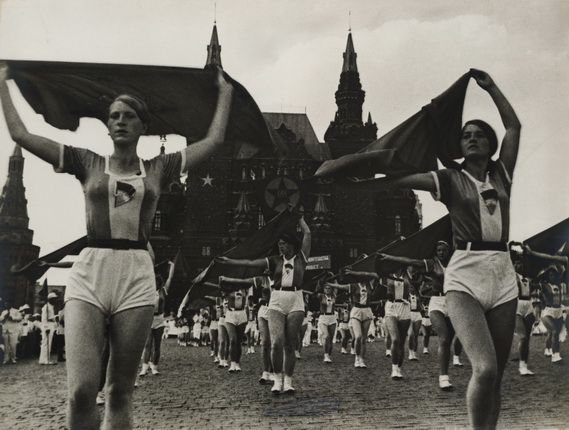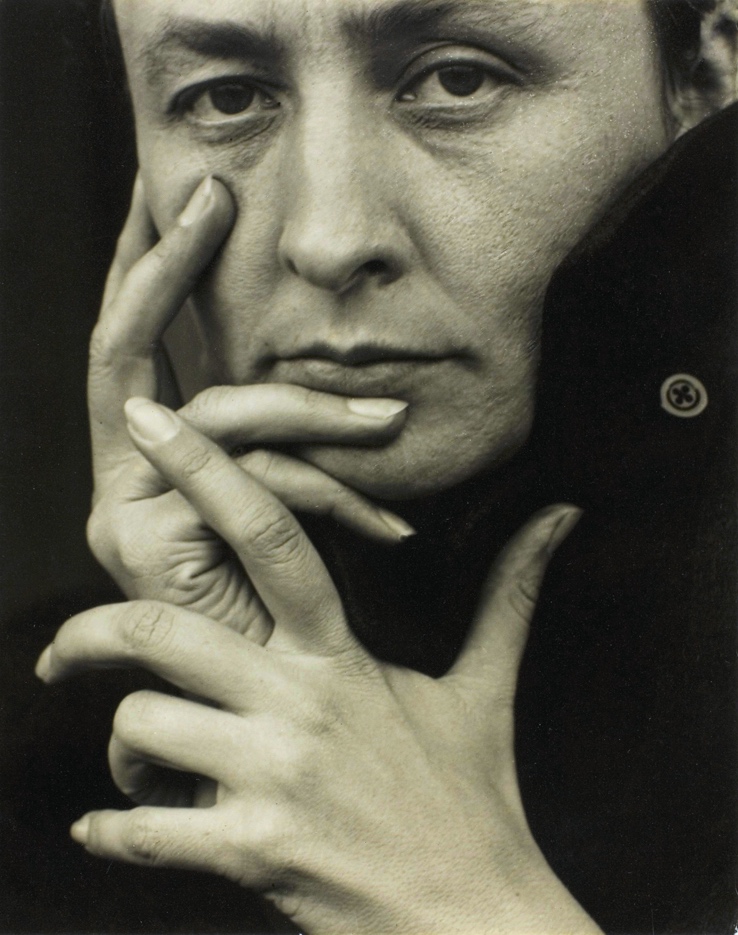
To begin with, the popularization of photography coincided with a revolution in art as such. An illustrative example can be found in the works of Alexander Rodchenko. He was the true Revolutional artist: in 1925, he renounced easel painting as elitist, as a continuation of bourgeois tradition (Rodchenko 38). As Zervigón states, Rodchenko was among the pioneers of social photography (13). Indeed, Rodchenko managed to depict his vision of social reality through his works like Column of the Dynamo Sports Society, Girls with Kerchiefs, or People Gathering to Take Part in a Demonstration. His art gives an impression of unconventional perception of Soviet-times life, which is quite rare considering the general closeness of the country. The pictures discussed are sharp, radical, and lifeful, and this is true Constructivism. In the USSR, his art contradicted the mainstream style of Socialist Realism and was claimed to be too formalist. Nevertheless, he managed to publish his works in the Soviet avant-garde periodicals and exhibit in Europe where his art was especially appreciated. In other words, Rodchenko represents the ability of early photography to depict objective reality in expressionist, even oppositional ways.

Another illustration of avant-garde photography and the interconnection of artistic development of early photography in different countries was Alfred Stieglitz. His pictures, especially portraits, seem to be uncovering the psychological depth of an object, which can be seen in Rebeca Salsbury’s series of photos or a stunning portrait of Georgia O’Keeffe. Stieglitz was an active participant of the artistic community working as an editor and a gallerist throughout his life, and his admirers saw him as a semi-god (Pearce-Moses 1). However, others believe he was dogmatic and tyrannical in his art life. Nevertheless, it is evident that Stieglitz contributed to the evolution of photography at its early steps not only with his organizational effort but also with his art, quite tender and, at the same time, straightforward.
Works Cited
Pearce-Moses Richard. Alfred Stieglitz: The Early Years, 1883 – 1907. Web.
Rodchenko Varvara. Alexander Rodchenko. Skira, 2016.
Zervigón, Andrés Mario. Subjective Objective: A Century of Social Photography. Hirmer Publishers, 2018.